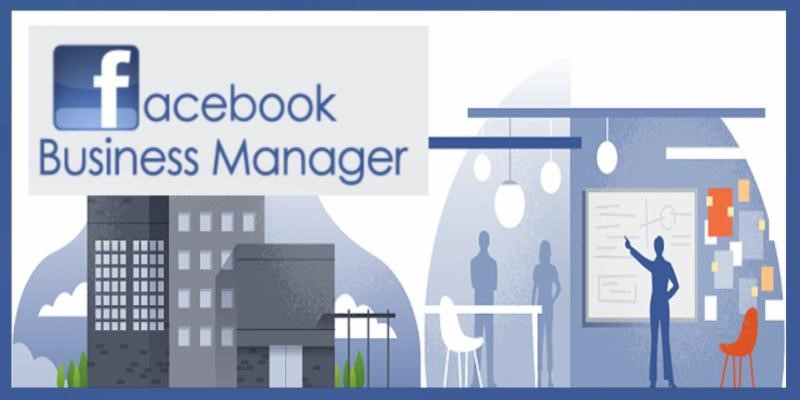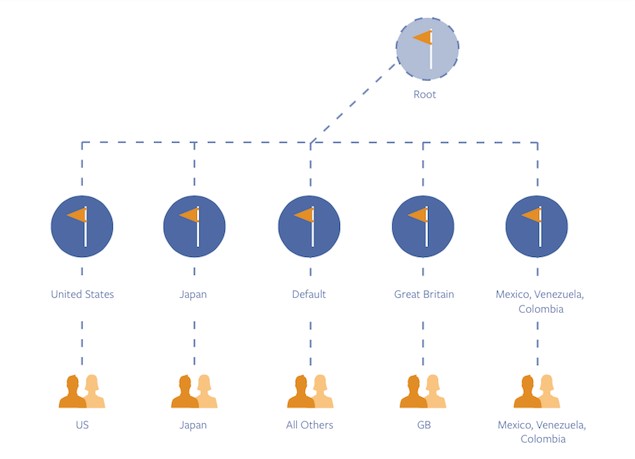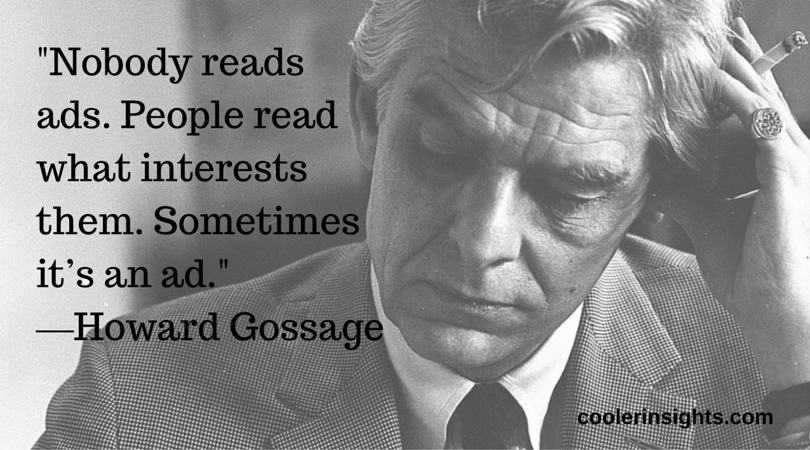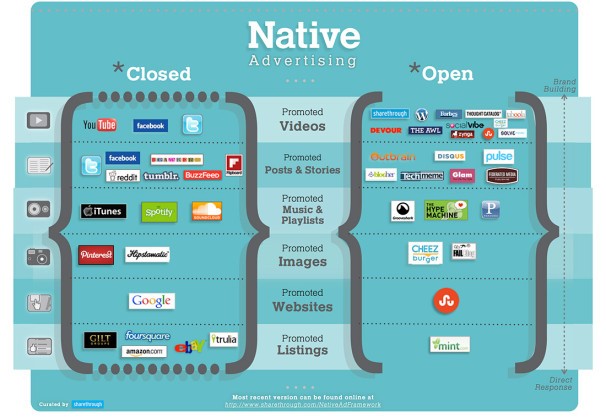
The Mystery of Impression Share
The latest feature in AdWords which shows how effective our targeting is on the Google Display Network. Impression share (IS) is the number of impressions you’ve received divided by the estimated number of impressions you were eligible to receive. Eligibility is based on your current ads’ targeting settings, approval statuses, bids, and other criteria determined by the engine.
Please remember impression share is based on an estimate of when your ad was competitive in the auction. For eg if you can double your bid, it considers as your potential impression share and rather there is a significant increase in percentage to your bid.
How to find it in the account, step by step?
1) Sign into your AdWords Account
2) Select the campaigns Tab
3) Select the campaign that you wish to view
4) Dimensions Tab
5) Columns > Customize Columns > Competitive metrics
6) Add Display Impr. share. Display Lost IS (rank), Display Lost IS (budget)
7) Click Apply
So as the name says, The higher the impression share the better. If the impression share is low (<10%) , we need to identify next WHY? And HOW TO MAKE IT BETTER?
Let us see below the possible reasons and how we can improve it.
- Adjust geo-targeting settings – If you are living in UAE and can make focused ads to Dubai you may see a spike in impression share by decreasing or restricting your location settings. It allows you to focus all efforts on that one area, and allow you more control over a specific target.
- Improve your ad quality –Ad quality can also have an impact on impression share. If you can take steps to improve your PPC ads, then Google will display those ads more frequently based on quality score. Try improving your ad text by making it as specific and relevant as possible to the keywords in their respective ad groups.
- Use different ad group for different target options
- The best practices for Display targeting is, for example:
Ad Group #1: Keywords Only
Ad Group #2: Topics/Interest Only
Ad Group #3: Placement Once you have this setup, it is easier to evaluate which is working best for you in terms of Average Cost per Click (CPC) and conversion rate. By using different ad groups we can also check out the Display Impression Share for each ad group to help us decide on bids and budget levels.Segmentation based on day of week and even hour of the day is also available This information can greatly help when it comes to ad scheduling, you can decided:
Should I run on weekend? or evening?
Should I increase by bids at lunchtime?
Should I have separate campaigns with lower budgets on Sundays?
- The best practices for Display targeting is, for example:
- Increase Quality Score on terms that may be limited by Rank : It is recommended that you are running a script to keep track of your Quality Score fluctuations on a daily or weekly basis. If you have keywords that perform but are lacking on Impression you may want to work on raising the Quality Score for these terms by updating ad copy and/or the landing page. Run a script see details here in the blog – http://www.ppc-epiphany.com/2016/03/11/introducing-the-quality-score-tracker-v3-0/
- Study Auction Insights on a regular basis: This is a great resource to get insight into the competitive landscape of your keywords. If you are seeing a drop in your Impression Share it might be attributable to new entrants to the auction that may be outranking and outbidding you. Run a script see details here in the blog http://searchengineland.com/track-adwords-competitors-time-using-auction-insights-217780
- Raise your bids to be more competitive: If all else fails to increase your Impression Share, it is advisable to work on bid adjustments. In order to preserve budget, you may want to focus on just Exact Match keyword bid increases and gauge performance improvements. If you are still not receiving the desired results it may be time to get more aggressive and work on bid increases on your Phrase & Broad match terms as well.
Other Terminologies and Meaning
- Display Lost IS (Rank) – If this is high it means that we are losing out on ad placements across the Google Display Network because our bid price (CPC) or quality score are too low. In this situation consider either increasing our bids or changing our targeting. Change the targeting to something more specific or topics that you think will likely have less competition.
Display Lost IS (Budget) – If this is high it means that our campaign is running out of budget and for that reason we are missing out on ad placements on the Google Display Network. If you are happy with the budget that you have, you can leave it. If you would like to drive more traffic to your site, consider increasing the budget on this campaign as a high Display Lost Is (Budget) means that there’s opportunity here for more clicks/traffic.
- Search lost IS (rank): This is the percentage of time your ad didn’t appear because of poor ad rank, which is determined by your bid relative to your competitors and by your ad quality. Learn more about ad rank and how to improve it. For example, if you see 20% for this metric, then in 20% of customer searches that matched your keywords, your ad didn’t appear because of ad rank.
- Search lost IS (budget): This is the percentage of time your ad didn’t appear because your budget is too low. Depending on the budget delivery method you’ve set for a campaign, your ads may appear in the morning, but then your daily budget runs out and prevents you from bidding in the afternoon. Or you may miss opportunities for impressions evenly throughout the day. In either case, a value of 20% indicates that in 20% of customer searches that matched your keywords, your ad didn’t appear because your budget is too low.
Rule of Thumb : To enter in the auction you need to overbid the minimum PPC.






 from your News Feed or Timeline
from your News Feed or Timeline

